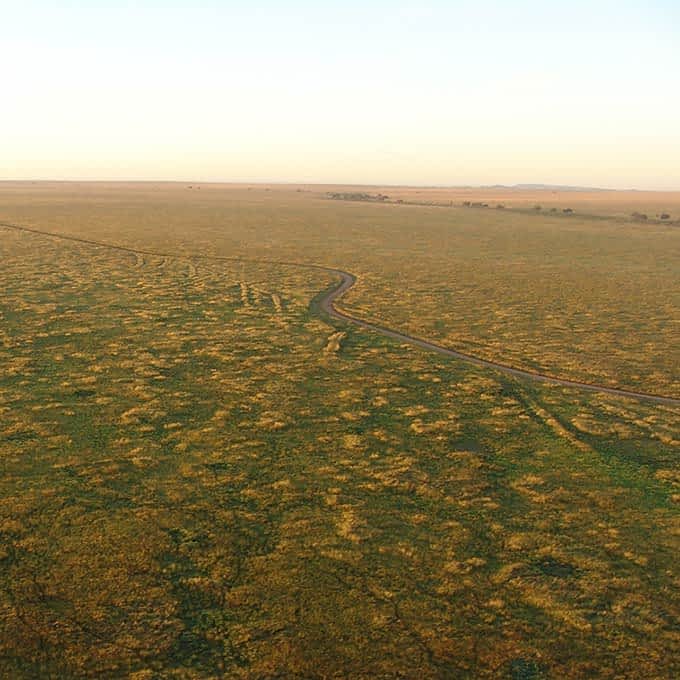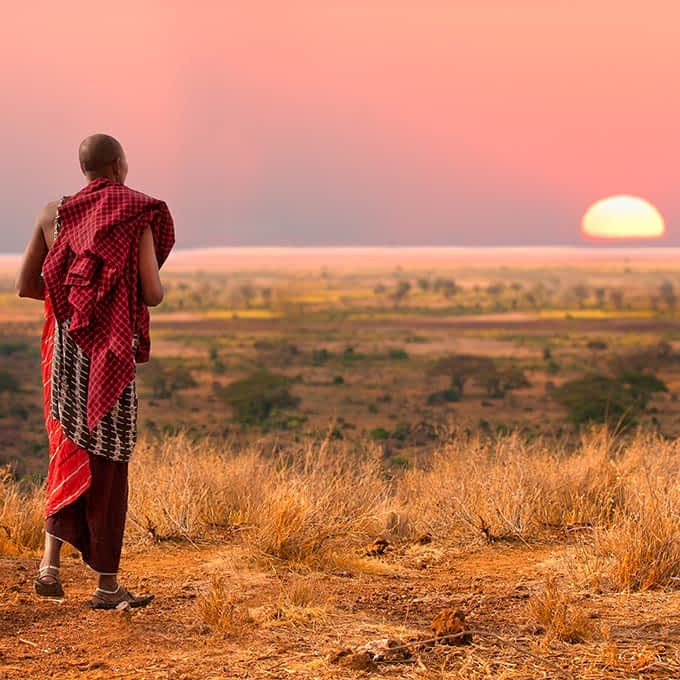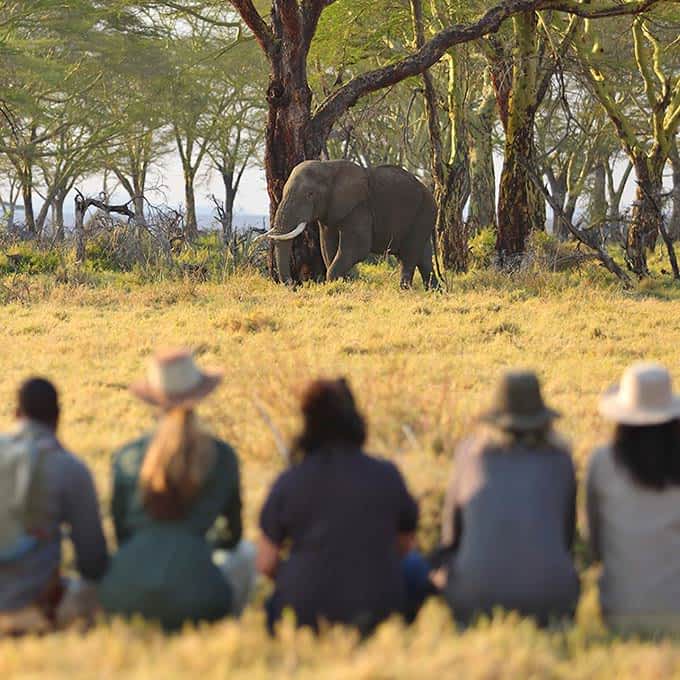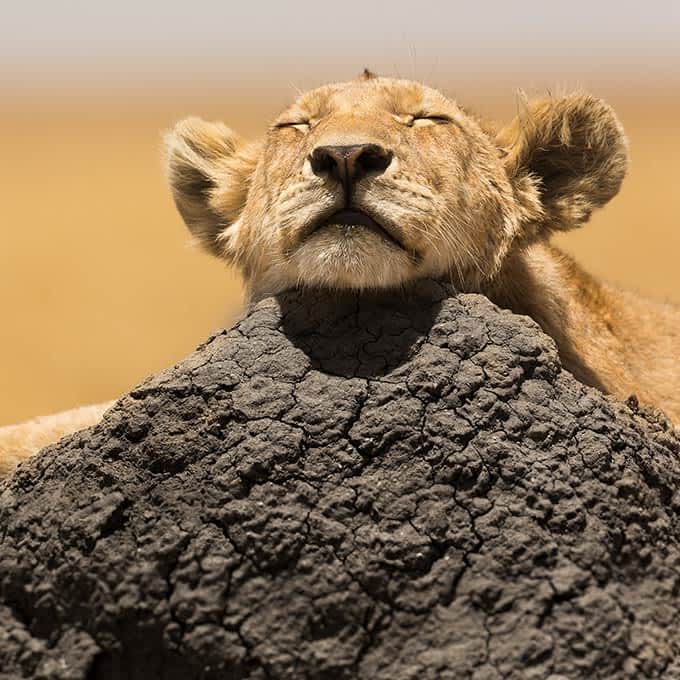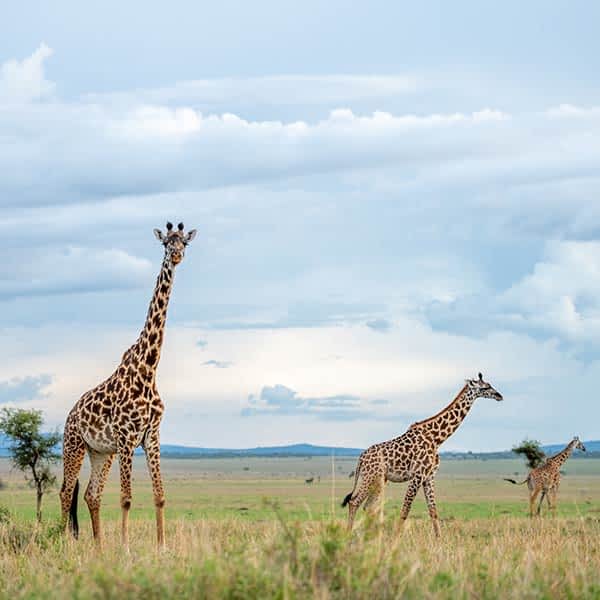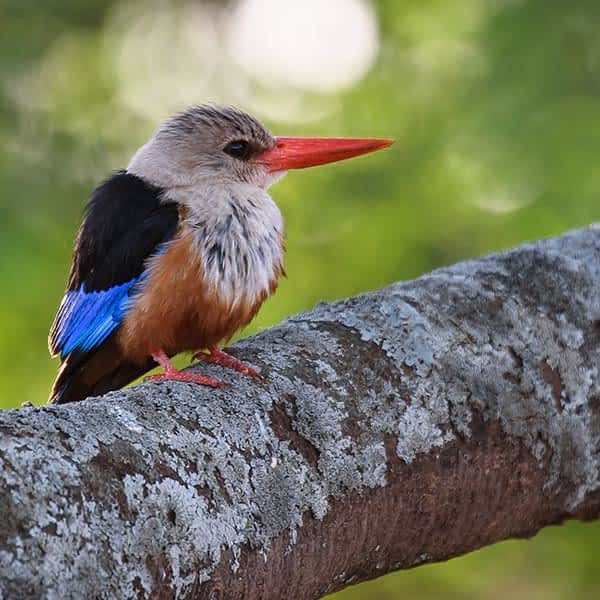Foundation of Serengeti National Park
Serengeti National Park was founded in 1951 as Tanzania’s primary national park. A decade later the first President of the Republic of Tanzania – the late Mwalimu Julius K. Nyerere – proclaimed:
The survival of our wildlife is a matter of grave concern to all of us in Africa… In accepting the trusteeship of our wildlife, we solemnly declare that we will do everything in our power to make sure that our children’s grandchildren will be able to enjoy this rich and precious inheritance.
- Julius Nyerere - First President of Tanzania 1964 - 1985
Hereby laying the foundation for conservation in post-independent Tanzania. By 2014 Tanzania had dedicated more than 57,000 square kilometres to national parks (16 in total), many of which form the core of a much larger protected ecosystem. Tourism helps to generate international awareness of conservation issues, while the physical presence of tourists can help deter illegal poaching activity, assisting the park rangers with their game management work.
The Serengeti ecosystem - A UNESCO World Heritage Site
Serengeti National Park (comprising 14,750 km2) is the centrepiece of the Serengeti ecosystem (twice as large) which also incorporates the Ngorongoro Conservation Area, several smaller Tanzanian wildlife reserves and the Masai Mara National Reserve in neighbouring Kenya. This world-renowned natural landscape harbours the largest remaining unaltered animal migration in the world, where over six million sets of hooves pound the open plains, as hundreds of thousands of zebras and gazelles join the wildebeest in a 1,000 km long annual circular trek for fresh grazing. This spectacular phenomenon takes place in a unique scenic setting of ‘endless plains’: 25,000km2 of treeless expanses, spectacularly flat short grasslands dotted with rocky outcrops (named ‘kopjes’) interspersed with rivers and woodlands.
The park also hosts one of the largest and most diverse large predator-prey interactions worldwide, providing a particularly impressive aesthetic experience. Not to mention, the biological diversity of the park is very high with at least four globally threatened or endangered animal species: black rhinoceros, elephant, wild dog and cheetah. No wonder the Serengeti National Park is listed as a UNESCO World Heritage Site and recently proclaimed one of the 7 Natural Wonders of Africa by Africa Geographic.
Administration Serengeti National Park - Tanzania National Parks
Management and administration of the Serengeti National Park, and all other parks and protected areas in Tanzania, is in the hands of Tanzania National Parks (TANAPA). Even though the government set up TANAPA, they are not subsidised and are required to pay corporation tax. The parks must pay for themselves through visitor fees and other sources of revenue. All its income is reinvested into the organization. In the Serengeti National Park TANAPA works closely with non-governmental organisations such as the Serengeti Conservation Project.
TANAPA’s primary role is conservation. They are committed to the preservation of Tanzania’s rich natural heritage and provide secure breeding grounds where its fauna and flora can thrive, thereby redressing the balance for those areas of the country affected by deforestation, agriculture and urbanisation. They have the following focal points:
Sustainable tourism
TANAPA is committed to low impact, sustainable visitation to protect the environment from irreversible damage while creating a first class ecotourism destination. Human activity is closely monitored and all development strictly regulated. Buildings in the parks must be unobtrusive and waste disposal is carefully controlled. Park visitors and facilities are widely distributed to prevent harassment of animals and to minimise human imprint on the environment. Even in Tanzania’s most popular park, the Serengeti, more than 7,000 square kilometres – almost half the park’s area – remains a wilderness zone with no roads.
Community involvement
TANAPA is working hard to involve local communities in guardianship over their precious habitat. Many locals are employed within the parks by lodges and tour operators – and by TANAPA, particularly in the fight against poachers. Villagers are also encouraged to develop cultural tourism projects to cultivate their own financial returns from park visitors.
Furthermore, TANAPA works with communities to teach sustainable environmental management, assist with tree planting, establish nurseries, and promote cultural, as well as wildlife, conservation. Last but not least, a percentage of park revenues is used to assist community development initiatives, such as schools, health dispensaries, water schemes and roads.
The future ahead
Supporting research projects is an important facet of TANAPA’s commitment to the future. Scientists working in Tanzania’s parks continue to find hitherto-undiscovered species of butterflies, birds, beetles and plants. Regular surveys are undertaken to monitor the distribution and numbers of animals, test water quality, identify disease outbreaks, and check invasion by exotic species.
By providing study materials, teacher training for schools and showing conservation videos in the Swahili language in villages, TANAPA is taking the lead in educating local people. In addition, schools and community groups are offered free visits to the parks to demonstrate the importance of preserving these habitats.
Tanzania National Parks (TANAPA) is also currently acquiring further land to expand certain parks, and to raise the status of traditional migration corridors connecting protected areas. Including other reserves, conservation areas and marine parks, Tanzania has accorded some form of formal protection to more than one-third of its territory.
Further reading

